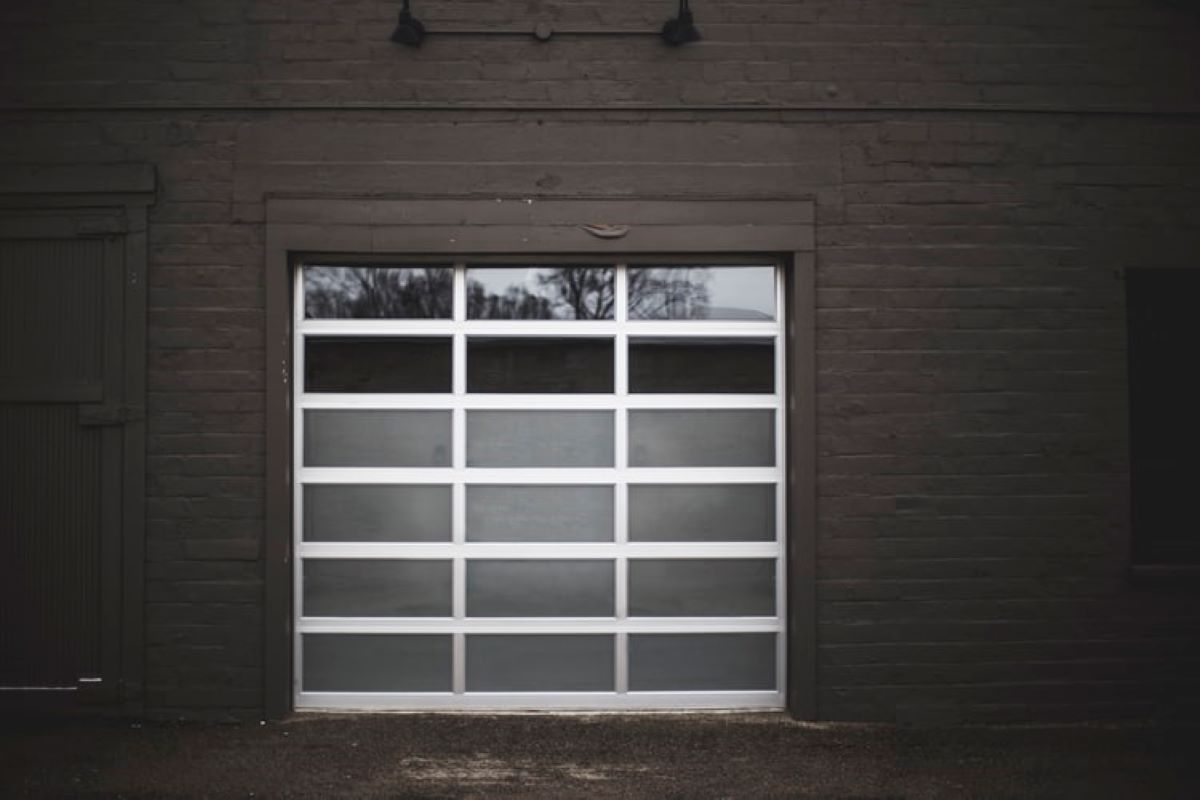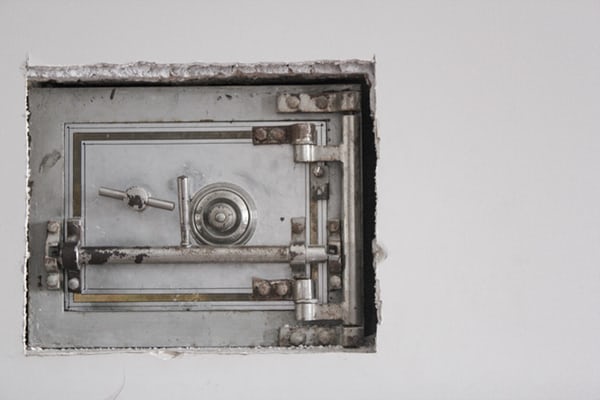Safe Room Ideas for a More Secure Home
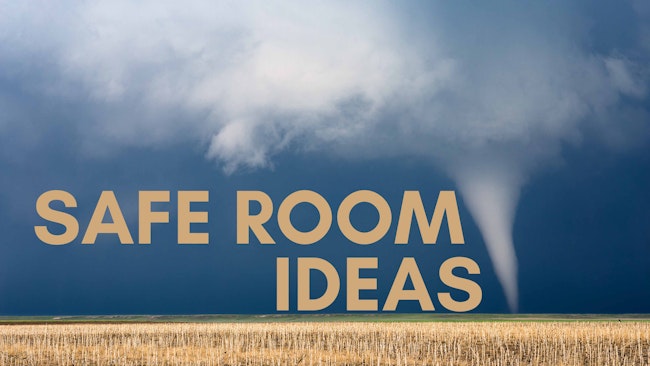
Emergency situations are unpredictable. When an emergency is caused by a catastrophic event, homeowners may feel trapped and helpless. One of the best ways to prepare in advance is by building a safe room. A safe room can be built into your home (like converting a spare bedroom into a safe room) or built separately from the house. Types of safe rooms include storm shelters, tornado safe rooms, hurricane shelters, home invasion safe rooms, and bomb bunkers.
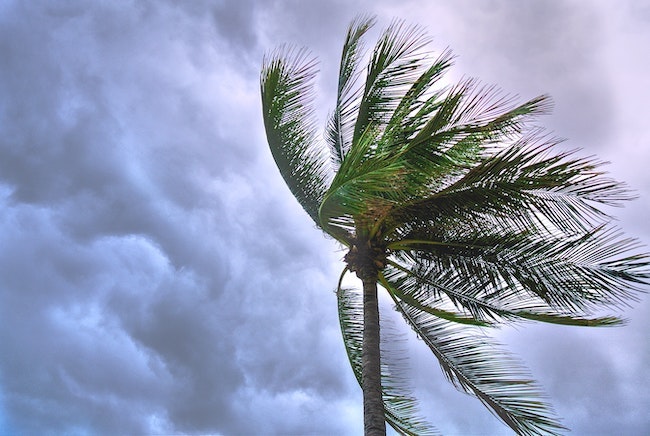
What is a Safe Room?
According to the Federal Emergency Management Agency (FEMA), a safe room is a hardened structure meant to protect residents from a catastrophic event. Safe rooms were popular in the 1960s era of the Cold War. Many homeowners built panic rooms, storm cellars, bomb shelters, and emergency rooms meant to withstand a nuclear bomb.
Having a safe room in your home or near your home doesn’t mean that you’re a doomsday prepper; it means that you’re prepared for a catastrophic event. Every year, tornadoes destroy 400 million dollars worth of structures and kill 70 people. Hurricane Katrina destroyed 800,000 housing units and killed 1,833 people. Storms, floods, and severe weather events injure hundreds of thousands every year because the residents were unable to find secure shelter in time. Having a safe room can save thousands of lives every year, ensure that homeowners have a safe place to escape to and wait out the storm.
According to the National Climate Assessment, high-intensity storms have increased since the 1980s. Changing climate has caused prolonged droughts, an increase in the frequency of tropical storms, and more severe weather patterns (such as tornadoes and flooding).
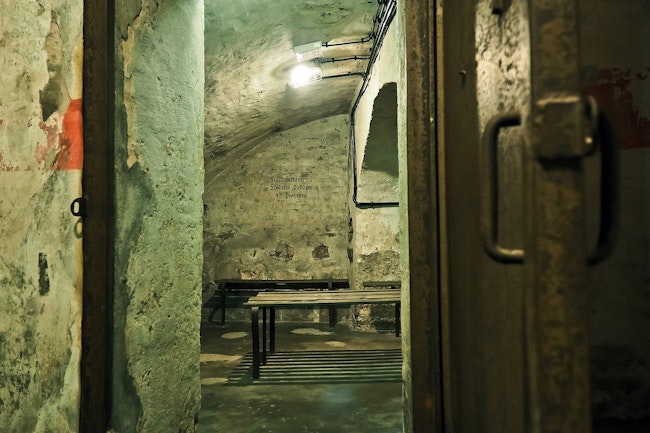
On May 15th, 2018, Connecticut saw some of the first tornadoes the state had seen in decades. Four tornadoes swept through the state, leaving a wake of destruction in their paths. Homes were damaged, powerlines destroyed, and streets were shut down. In the event, two people were killed, and thousands were injured.
Sadly, storms aren’t the only catastrophic event that countries face. Citizens of the United States also face the threat of war, terrorist attacks, and home invasions. Business owners face threats from robberies, violence, and terrorism (such as the devasting events of 9/11).
To provide safety for homeowners and citizens across the country, FEMA has provided guidelines for saferooms. The guidelines specify what an effective safe room should look like. The safe room constructed by FEMA is meant to withstand storms, nuclear attacks, and other catastrophic events. FEMA’s recommendations are intensive, providing an in-depth diagram of how to build an effective safe room.
However, FEMA’s recommendations might not be an option for every homeowner and business owner. For homeowners who still want a safe room without building an entirely new structure, this article will provide some basic guidelines to help you to build the structure without spending hundreds of thousands of dollars. While reading these guidelines, it’s important to know that your best option in building an effective safe room is to follow FEMA-approved recommendations. When choosing a safe room, do your best to follow FMA guidelines to improve the safety and security of the room.
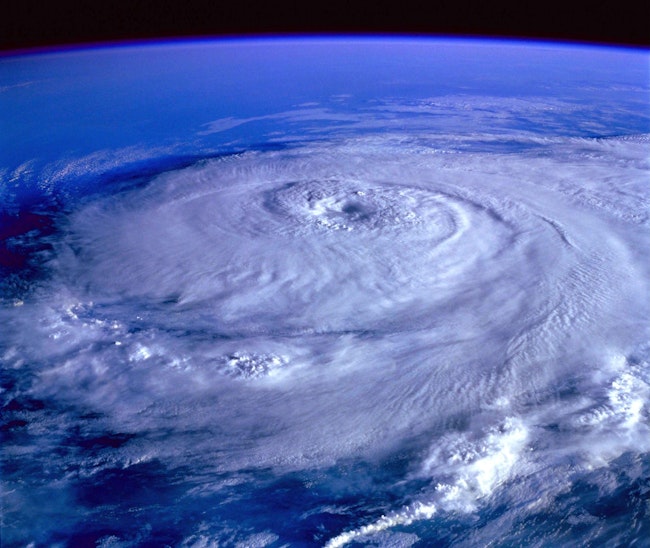
Benefits of a Safe Room
Every home and business can benefit from having a safe room. Safe rooms have a variety of benefits. They offer safety, protection, and peace of mind. Here are five benefits of having a safe room:
Safety During the Storm
The first and one of the most important benefits of having a safe room is the fact that it offers your family or employees shelter from storms. Natural disasters kill close to 90,000 people every year. Often, the victims of natural disasters were unable to find protection. Hurricanes, tornadoes, earthquakes, and floods are unpredictable events that require people to find shelter. Having a safe room can provide vital security that can save thousands of lives every year.
Safe rooms can protect families from flying debris from tornadoes and hurricanes. Debris from high winds can be flung at deadly speeds, making it absolutely vital that families take shelter behind thick, insulated concrete or steel sheeting. Having shelter from the storm outside can ensure the safety of those you love.
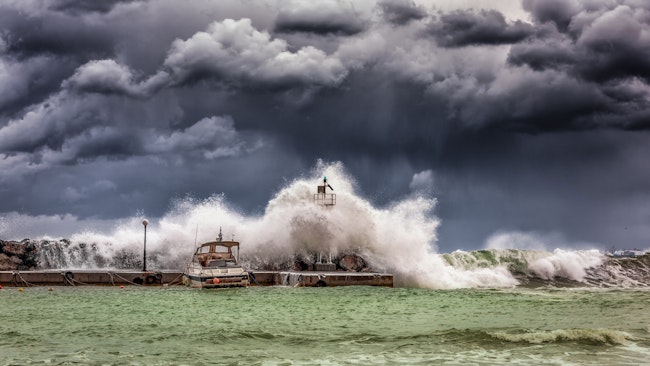
Protection From Criminals
Panic rooms are the second most common type of safe room. A panic room for a break-in helps to protect employees, business owners, and homeowners from becoming victims of violent crime. Every year, there are 2 million burglaries; in 27 percent of those burglaries, the people present became a victim of violent crime. Violent crime, according to the Bureau of Justice Statistics, includes murder, nonnegligent manslaughter, rape, sexual assault, robbery, and assault. Those who have experienced violent crime often face years of recovery (either physical, emotional, or mental recovery).
A safe room can provide a safe place to wait during a burglary. Residential safe rooms can help homeowners feel safer in their homes. According to crime statistics, homeowners are present during 40 percent of burglaries. During those 40 percent, homeowners are at risk. Having a safe room can provide homeowners with absolute security.
A safe room can also double as a gun room, for homeowners who want to store their guns in a secured location. The safe room can be a vault meant to protect valuables, food storages, and your family when your home is in danger.
Increased Property Value
Safe rooms, although many people are hesitant to admit it for fear that they might sound like a doomsday prepper, are incredibly valuable. A safe room, when built properly, has high value since it adds a layer of protection to the person living in the home. Essentially, a safe room is a vault. The vault can be used as a gun safe room, storm shelter, storage room, or panic room. It is a versatile space that can be used for a variety of reasons. A vault room adds to your property because home buyers want to feel safer and more prepared in the home that they are buying. When you choose to add a vault room to your home, you’re not simply pouring money into an empty room; you’re increasing the value of your home.
To use a safe room to increase your property value, all you need is a secure room with concrete and a vault door. With the concrete walls and a heavy door, the room is ready to protect. This can be done as a DIY panic room project, or you can hire a contractor to take over the process. Every penny that you pour into the panic room will come back as an investment in the home’s value.
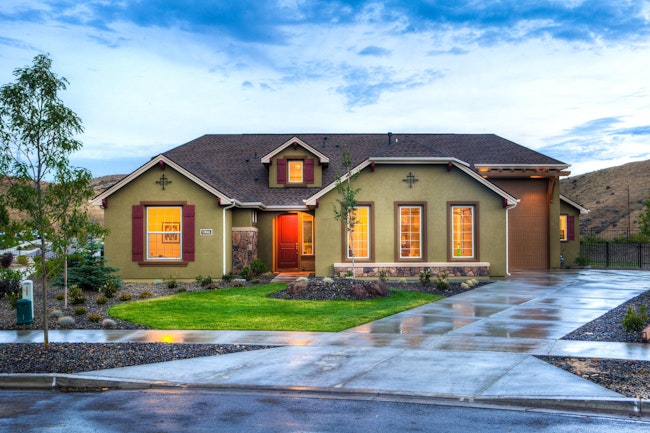
Versatile Usage
One of the best benefits of a safe room is the fact that it’s versatile. At the end of the day, a panic room is a fortified room that will protect your family from the worst possible situations. However, you can choose to fill the room with whatever you want to put inside. You can fill the room with storage and use the area as storage (with a few essential items or emergencies). Or, you can fully prepare the room as a tornado shelter and storm refuge and fill the room with 72-hour kits, food, water, blankets, and flashlights.
A panic room is, to put it simply, a secure room. You can prepare to use the room as a gun safe for a gun collection, or as a storage room for valuables. Since the room can be made into whatever you need, panic rooms are versatile.
Sponsored by FEMA
If you plan to make a safe room, whether as a gun vault, extra storage room, or storm refuge, you can get the build sponsored by FEMA. FEMA focuses on providing pre-disaster advice and help to those who want to prepare beforehand since the best way to stay safe during a catastrophic event is to prepare beforehand. FEMA encourages all residents of the United States to prepare for disaster.
In order to encourage residents to prepare, they offer sponsorships and grants to those who are ready to build safe rooms. If you qualify, FEMA may be able to cover the entire cost of building a safety vault in your home. If you qualify, you must be willing to build your safe room to the specifics that FEMA requires.
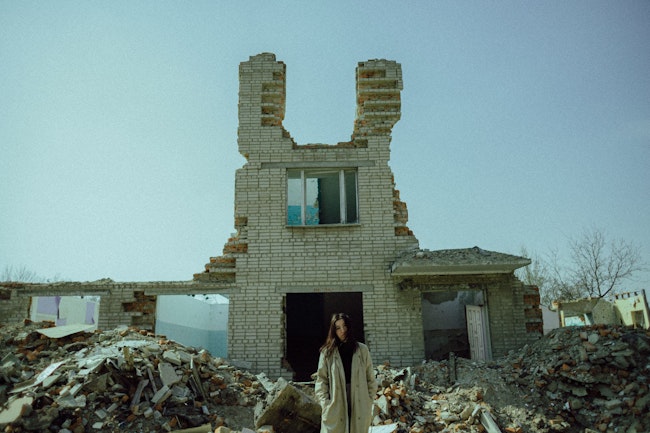
Best Safe Room Locations
Depending on your reasons for building a safe room, you will want to prioritize different aspects of a recommended safe room. For example, if you live in an area that is unlikely to be hit by a hurricane (such as a landlocked Nevada town), you won’t need to make it a priority to have the safe room above flood water levels. Knowing why you want the safe room will help you to make a more secure room.
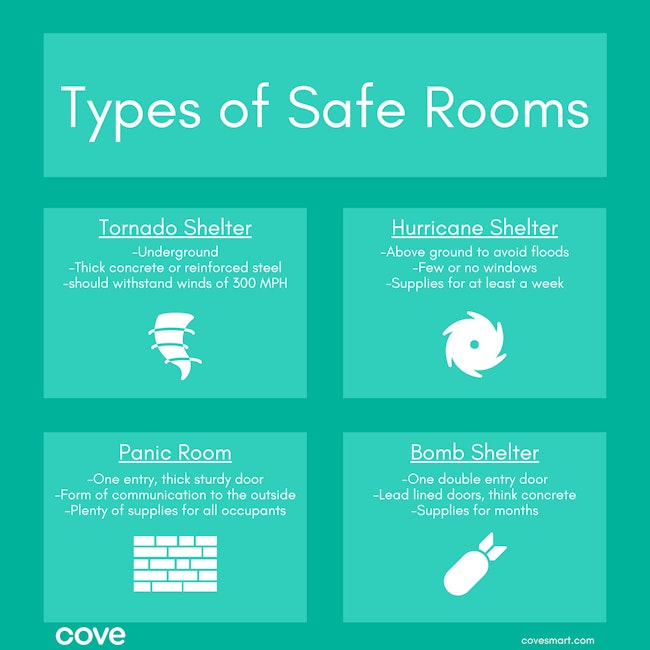
Tornado Safe Room
Tornado safe rooms are the most popular safe rooms. Every year, an average of 1,000 tornadoes touch down in the United States every year. Each tornado will last an average of 10 minutes at full strength (not including high winds before or after the tornado touches down). The longest-lasting tornado ever recorded landed in March 1925 and touched ground for 3.5 hours. The tornado crossed 218 miles and killed 695 people.
When a tornado rushes through a town, it’s path is entirely unpredictable. Tornadoes move at a speed of 30 miles per hour while hurtling high winds between 70 miles per hour and 318 miles per hour. Tornadoes a measured on a scale from F0 to F6:
- F0 Tornado. An F0 tornado has winds between 40 and 74 miles per hour. This is the weakest tornado and is considered to have “strong gale winds.” The damage from these high winds would be able to damage chimneys, break branches from trees, and push over small trees.
- F1 Tornado. An F1 tornado is considered a moderate tornado and has winds between 73 and 112 miles per hour. This tornado will peel the roofing of houses, push over moving cars, and turn over mobile homes.
- F2 Tornado. An F2 tornado is a significant tornado and has winds between 113 to 157 miles per hour. This tornado will lift the entire roof from homes, destroy mobile homes, unroot large trees, and hurl small debris like missiles.
- F3 Tornado. An F3 tornado is a severe tornado and has winds between 158 and 206 miles per hour. This tornado will rip off roofs and walls from homes, overturn trains, and destroy forests of trees.
- F4 Tornado. An F4 tornado is a devastating tornado and has winds between 207 and 260 miles per hour. This tornado will demolish well-made homes, carry mobile homes, and hurl cars like missiles.
- F5 Tornado. An F5 tornado is an incredible tornado and has winds between 261 and 318 miles per hour. This tornado will carry large houses until they fall apart, carry large automobiles and hurl them up to 100 meters, and severely damage concrete and steel-based structures.
- F6 Tornado. An F6 tornado is possible, yet inconceivably destructive. The winds from an F6 tornado would be between 318 and 379 miles per hour. The damage from a tornado that was entirely made of winds higher than 300 miles per hour would completely destroy everything on ground level or higher. The only safe objects from these high winds would be underground.
Almost 76 percent of tornadoes every year are F0 or F1 tornadoes. These tornadoes will still inflict damage on homes and can be life-threatening. Twenty percent of tornadoes are F2 and F3, which will do significantly more damage to homes and businesses. For an F2 or F3 tornado, a tornado panic room built underground will be your best protection.
Tornado experts highly recommend that homeowners living in tornado-prone areas build a safe room. Safe rooms for those living in Tornado Alley (or other areas where the chances of getting a tornado are high) should be built below ground level. They should be constructed of thick concrete and reinforced steel. The safe room doors should also be reinforced to withstand winds up to 300 miles per hour. Although only one percent of tornadoes every year are F4 and F5 classification, it’s important to prepare the tornado bunker to withstand a tornado of that size.
Hurricane Safe Room or Storm Shelter
Hurricanes are less common than tornadoes. However, when a hurricane makes contact, the wind, water, and force of the storm strands hundreds in flood water, destroys thousands of homes, and affects millions of people. According to the United States Search and Rescue Task Force (USSARTF), there are ten tropical storms every year. Of those 10, six will gain enough force to become a hurricane. Most hurricanes will remain over the oceans. However, in three years, five of the hurricanes will touch ground in the United States. When a hurricane touches land, high-speed winds and flood waters pour into homes and buildings. Once on land, a hurricane will last from 12 hours to 24 hours.
Hurricanes are categorized on a scale of 1 to 5, depending on the wind speed and the level of damage:
Category One. A category one hurricane will have winds between 74 and 95 miles per hour. It is considered dangerous. This hurricane will cause moderate damage to the roofing of homes and will branch large branches from trees. Category Two. A category two hurricane will have winds between 96 and 110 miles per hour. This hurricane will cause major roof damage and damage to the siding of homes. Shallow trees will be uprooted, and the power will be out in affected areas for days or weeks. Category Three. A category three hurricane will have winds between 111 and 129 miles per hour. This hurricane will cause severe damage to well-built homes. Many trees will be uprooted, and power will be unavailable for weeks. Category Four. A category four hurricane will have winds between 130 to 156 miles per hour. This hurricane will cause catastrophic damage to affected areas. Homes will likely be stripped of roofing, and most trees and power lines will be uprooted. Most areas will be uninhabitable for weeks. Category Five. A category five hurricane will have winds of 157 miles per hour or higher. Most framed homes will be destroyed. Roofs will be torn from the home, and the walls will collapse. This is the most catastrophic hurricane and will leave areas uninhabitable for months.
Since hurricanes last so long and bring such devastation, it’s important to have a shelter and emergency food that will last you and your family through the event. Hurricane shelter should not be built underground if you are in an area that could be flooded by hurricane water. If you are likely to be flooded (if you live directly on the coast or within ten miles of water), your best option is to evacuate. However, for less dangerous hurricanes, or if you live further away from the source, you should plan to build a safe room in your home.
A hurricane safe room should be built in a room with few windows or none at all. Often, bedrooms, large closets, or pantries are the best options for hurricane safe rooms. Since glass can shatter during the high winds of a hurricane, using safe rooms with many windows can be dangerous. Instead, find a room with few windows and replace the glass with hurricane-proof glass with glass break sensors.
Fill the hurricane safe room with supplies for your entire family for a week. Include a gallon of water per person per day as well as emergency food, bandages, flashlights, batteries, games, clothing, sleeping bags, and everything else that you might need if you are trapped in the safe room for multiple days.
Home Invasion Safe Room
Some homes are not in danger of hurricanes or tornadoes. For homes in Nevada, California, Utah, or other states free of tornadoes and storms, homeowners face little threat of catastrophic storms. However, these states still may need a panic room to protect their families from threats. The best use for a panic room in storm-free states is to use the room as a home invasion safe room.
Millions of homes are burglarized every year, leaving homeowners frazzled and panicked. When those home invasions turn violent, homeowners and family members lose their lives. A safe room can provide a place for family members to feel safe and protected, even when there’s a stranger in the house.
Home invasion safe rooms should be located in a room of the house that has one entrance. The door should be locked from the inside, with no accessible entry point from the outside if the door is locked also it wouldn't hurt to have a door sensor. Windows in this room should be barred or shatter-proof to prevent an intruder from entering through the window.
The door of the room should be sturdy, thick, and impossible to break through. Often, the best safe room doors are thick, metal sheets. A metal door will prevent an intruder from slamming the door open also always have a door sensor installed. The purpose of this room is to protect everyone inside of the room and ensure the safety of the family while there is a possible home intruder. Inside the home invasion safe room, you should store weapons, food, water, clothing, and sleeping gear.
If you are worried about a home invasion, you should also install a home security system that can be controlled and monitored from your safe room. Many security experts recommend using a wireless DIY system since the control panel can be moved from room to room.
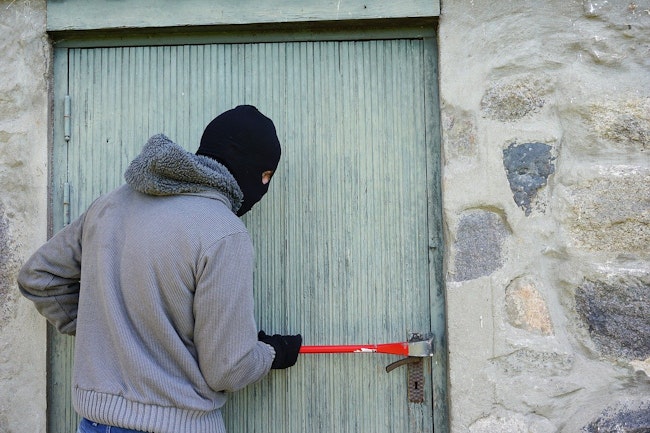
Bomb Shelter or Panic Room
A bomb shelter should be built below the ground. You can either build the room separately from your home or convert your basement into the bomb shelter. Although the threat of being bombed is low, some homeowners find it reassuring to prepare for the worst. Bomb shelters are meant to protect families from the worst possible scenario.
Bomb shelters should be built with thick concrete and steel walls, to protect against possible radiation. The door of the shelter should be thick lead, and pair with a second outer-door (a double entry system will prevent contamination from fallout). The inside of the shelter should be spacious, with plenty of room for activities. If you are in a situation where you have to use a bomb shelter, you may be stuck below ground for months. Protecting against boredom is vital since being below ground can drive a person insane.
In this shelter, you should carry enough food and water to last up to six months or more. To do this, build a specific area to store the supplies. You should also store first-aid equipment, flashlights, buckets, games, clothing, sanitation supplies, hygiene products, and all other items that you may need on a regular basis.
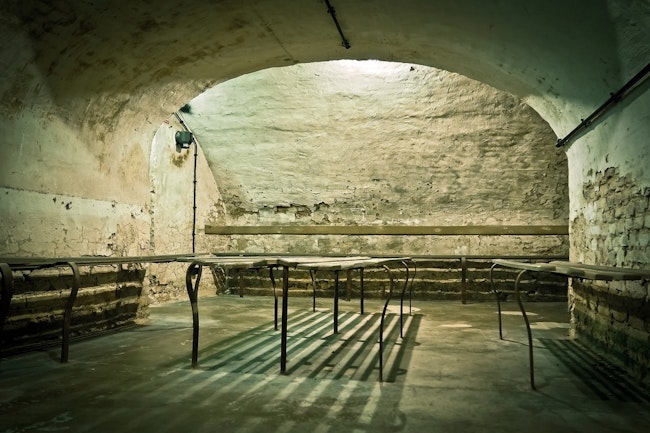
What You Need In a Safe Room
Depending on why you are building a safe room, you will need varying quantities of items. For example, in a tornado safe room, you should only need up to a week’s worth of supplies. For a home intrusion safe room, 72-hours of supplies should fulfill your needs. If you’re building a bomb shelter, you will need several months of supplies.
However, regardless of the type of safe room, you will need the same supplies ready (even if you will need different quantities). Here are the universal items that you will need in every emergency preparedness kit:
- Drinking Water. You should prepare to have one gallon of drinking water per person for every day that you will spend in the shelter. Even if you only drink a half-gallon of water regularly, it’s always safer to prepare excess water. The average human can survive three days without water, making it the most essential item to have prepared.
- Food Storage. The next item to store is food. The majority of the food that you choose should be non-perishable. Focus on protein bars, chocolate, freeze-dried fruits and vegetables, canned goods that can be eaten cold, and other non-perishable foods.
- Portable Toilet. You should prepare to have a portable toilet for each person in the safe room. In some cases, a bucket with a lid for each person will be sufficient. If you are building an entirely new safe room, you may consider installing a toilet-device that will leach by-products away from the unit. Make sure that you also have toilet paper or moistened wipes.
- First-Aid Kit. A first-aid kit is an essential item to have. During an emergency, people are likely to be injured as they make their way to the safe room. You should prepare ample first-kit equipment, including anti-bacterial wipes, bandages, itch-cream, and other essential first-aid items.
- Blankets and Pillows. In every safe room, you should prepare to have blankets and pillows. If your safe room is large, invest in bunk beds for each person. Clothing. Store several comfortable changes of clothing for each person who will be in the safe room. To make deciding which clothing to bring easier, opt for packing a variety of scrubs, sweat pants, and plain T-shirts. Fashion shouldn’t be a worry while trapped in the safe room, so choose comfort instead.
- Flashlights and Batteries. Always include a wide selection of flashlights and batteries. Each person should have access to two flashlights, and each flashlight should have at least four changes of batteries.
Ready to get started?
Take this short quiz to build your customized system today!
Takes less than a minute
